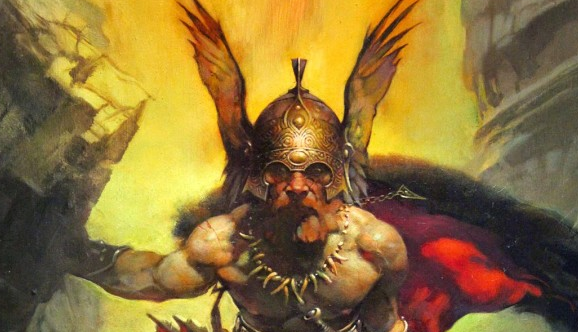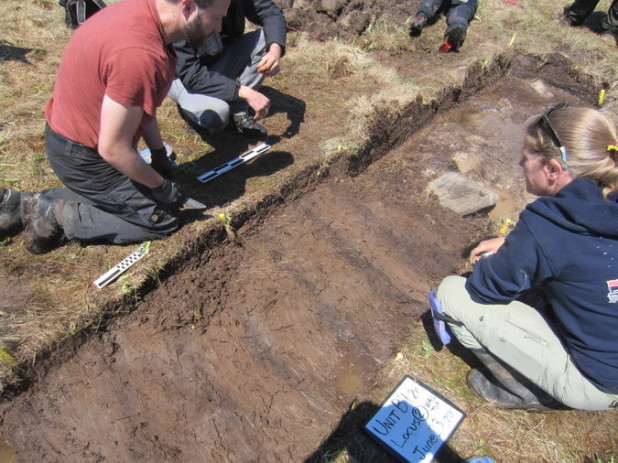Andrew Anglin
Daily Stormer
April 1, 2016
I have long been of the belief that the vikings covered a whole lot more ground than we’re being told as of yet.
A thousand years after the Vikings braved the icy seas from Greenland to the New World in search of timber and plunder, satellite technology has found intriguing evidence of a long-elusive prize in archaeology — a second Norse settlement in North America, further south than ever known.
The new Canadian site, with telltale signs of iron-working, was discovered last summer after infrared images from 400 miles in space showed possible man-made shapes under discolored vegetation. The site is on the southwest coast of Newfoundland, about 300 miles south of L’Anse aux Meadows, the first and so far only confirmed Viking settlement in North America, discovered in 1960.
Since then, archaeologists, following up clues in the histories known as the sagas, have been hunting for the holy grail of other Viking, or Norse, landmarks in the Americas that would have existed 500 years before Columbus, to no avail.
But last year, Sarah H. Parcak (pronounced PAR-kak), a leading space archaeologist working with Canadian experts and the science series NOVA for a two-hour television documentary, “Vikings Unearthed,” that will be aired on PBS next week, turned her eyes in the sky on coastlines from Baffin Island, west of Greenland, to Massachusetts. She found hundreds of potential “hot spots” that high-resolution aerial photography narrowed to a handful and then one particularly promising candidate — “a dark stain” with buried rectilinear features.
Magnetometer readings later taken at the remote site, called Point Rosee by researchers, a grassy headland above a rocky beach an hour’s trek from the nearest road, showed elevated iron readings. And trenches that were then dug exposed Viking-style turf walls along with ash residue, roasted ore called bog iron and a fire-cracked boulder — signs of metallurgy not associated with native people of the region.
In addition, radiocarbon tests dating the materials to the Norse era, and the absence of historical objects pointing to any other cultures, helped persuade scientists involved in the project and outside experts of the site’s promise. The experts are to resume digging there this summer.
They’re going to find sites even further south than this.
They aren’t finding them further south because they aren’t looking.
They were probably in South America smashing heads and stealing women.
Many of the tribes had legends of White-skinned god-men with red beards.


